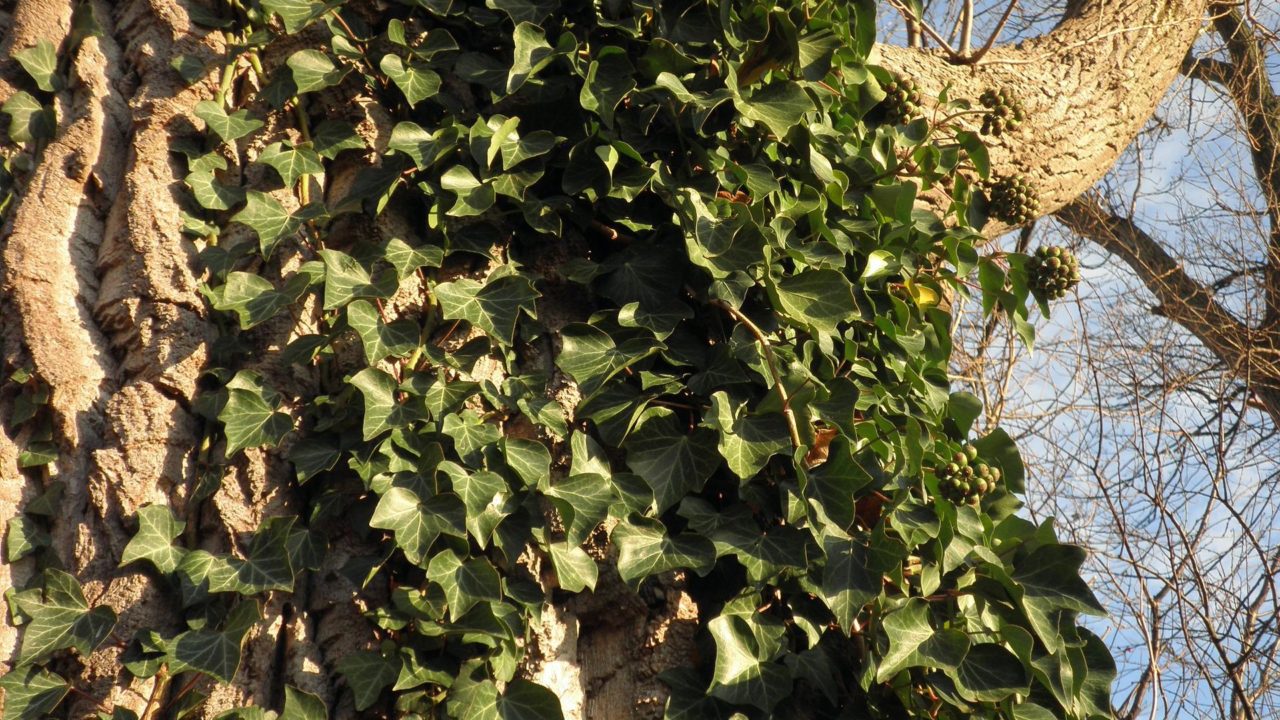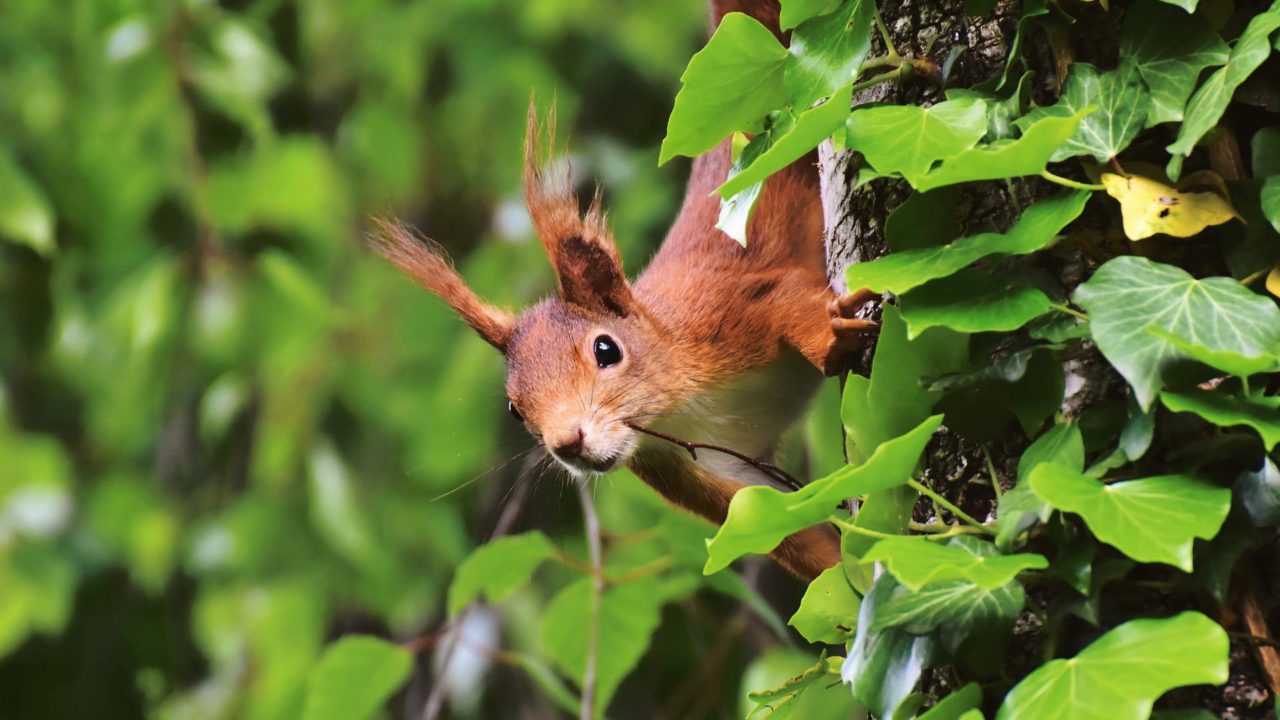Tree and Woodland Action
Trees are vital in the fight against climate change as they absorb atmospheric carbon and store it in their trunks, leaves and roots, through the process of photosynthesis. A young wood made up of mixed native tree species can store more than 400 tonnes of carbon per hectare per year! Trees also help to clean the air, reduce pollution and support local wildlife.
Following on from COP26 and the launch of the Council’s Climate Change and Sustainable Development Action Plan, it is important that we all play our part in reducing our carbon footprint and enhancing our natural spaces. Therefore, planting trees and protecting existing woodlands is vital to reduce global warming and increase biodiversity – going low carbon and high nature!
In response to the biodiversity and climate crises, Fermanagh and Omagh District Council have planted over 10,000 trees over the past few years. These young woodlands will support a variety of wildlife and absorb vast amounts of carbon as they grow. Ancient trees are also incredibly important for biodiversity. It’s essential to protect ancient trees to preserve our natural heritage.
If you know of any ancient trees in the area, you can record them with the Woodland Trust’s Ancient Tree Inventory.
The best time to plant trees is from mid-November to late March, so why not get involved and plant a tree in your own garden, school or local community! Details of tree planting programmes which the public can get involved in are detailed below:
- Free trees for your school or community group through the Woodland Trust – woodlandtrust.org.uk/plant-trees/free-trees/
- Trees for Landowners through the Woodland Trust’s ‘More Trees More Good’ scheme – woodlandtrust.org.uk/plant-trees/large-scale/
Alternatively why not collect some acorns or hazelnuts from a local wood and grow your own trees as nature intended!
For more information on Tree Planting in your local community, contact the Council’s Biodiversity Officer, on 0300 303 1777, textphone 028 8225 6216 or email biodiversity@fermanaghomagh.com.
Ivy in woodland areas
In woodlands, ivy can provide essential resources for wildlife including food and shelter and does not necessarily make a healthy tree unsafe. However, where ivy prevents an adequate visual inspection of a tree, particularly around the base, it should be cut back to allow a satisfactory examination to take place. Ivy shall also be removed, through the stem bases, when there is concern that the weight of the ivy may cause a tree to become unstable.
Any removal of ivy, felling of trees or tree surgery will be conducted in line with appropriate wildlife legislation in order to protect roosting bats, nesting birds and other wildlife.
Old tree are often uniquely valuable as habitat for wildlife and, even if the physical condition of the tree is poor, remedial action should only be necessary where there is a clearly perceptible risk to life or property.
The cultural, landscape and habitat value of tree will always be considered when deciding on remedial action for individual trees. All work on trees shall be conducted with the intention to preserve, enhance and restore our woodland areas to increase biodiversity and reduce the impacts of Climate Change.
| File | Type | Size | Date |
|---|---|---|---|
| Woodland Creation Leaflet New v5 2022 | 5 MB | 9th August 2022 |


